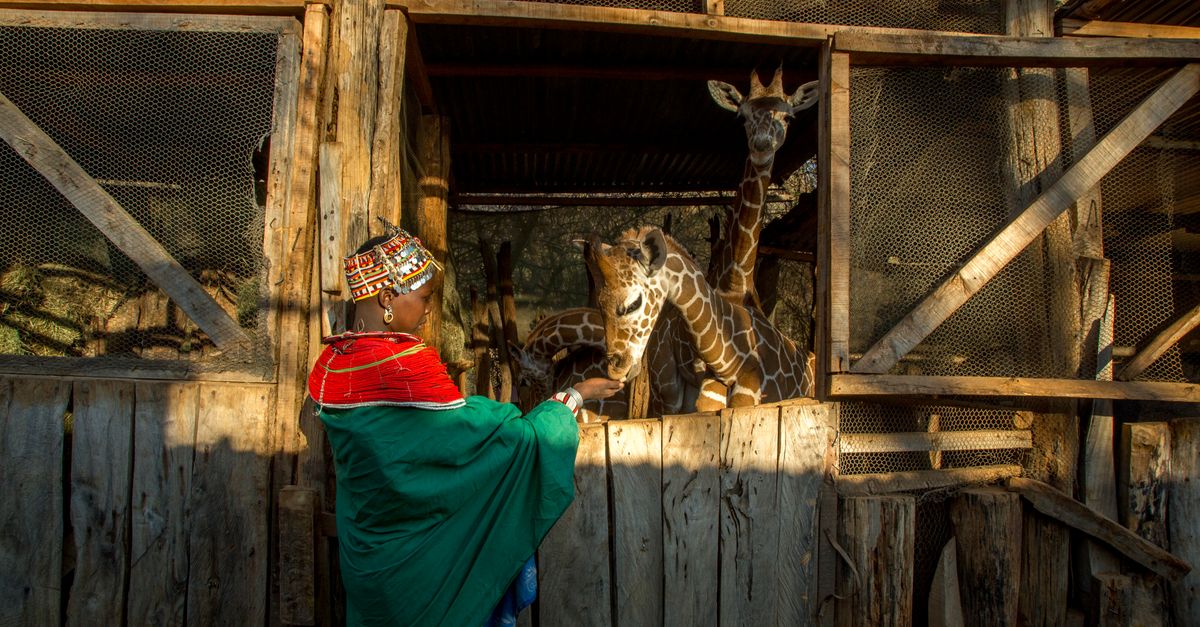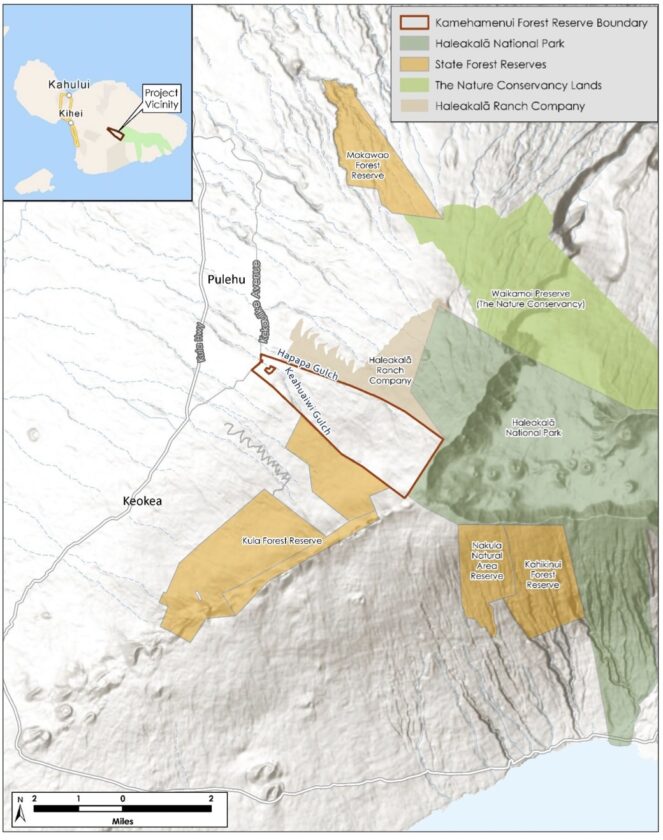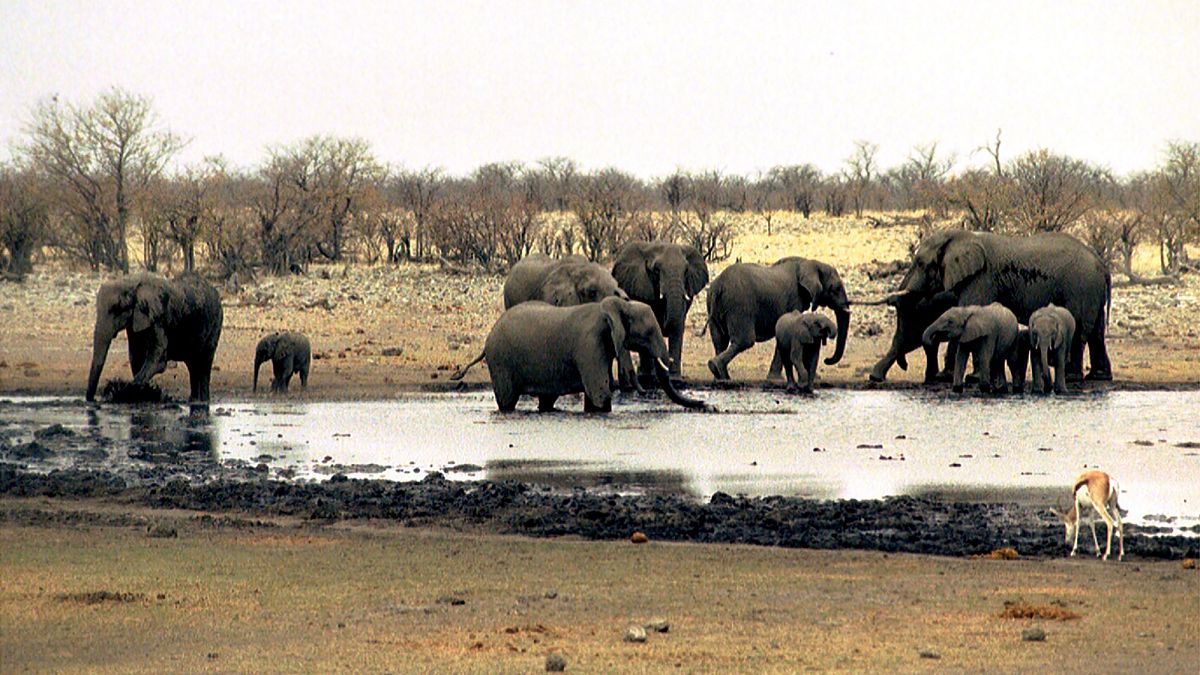Report on Sustainable Development Challenges and Opportunities in Africa
Introduction: A Continent at a Crossroads
Africa remains the last continent with significant populations of large, free-roaming land mammals. However, this unique natural heritage is under severe threat. The virtual reality experience “My Africa” highlights a case study in Kenya, focusing on an elephant sanctuary where community-led efforts aim to re-establish coexistence between people and wildlife. This initiative serves as a microcosm of the broader challenge facing the continent: balancing development with environmental preservation in line with the Sustainable Development Goals (SDGs).
Primary Threats to Sustainable Development
The continent’s progress towards achieving the SDGs is impeded by several critical factors that threaten its “natural capital”—the forests, freshwater sources, soil, and wildlife that are foundational to its future prosperity.
- Rapid and unchecked development
- Widespread land degradation
- The escalating impacts of climate change
Alignment with Key Sustainable Development Goals (SDGs)
The situation in Africa directly relates to several interconnected SDGs. Achieving sustainable development requires a holistic approach that addresses environmental, economic, and social dimensions simultaneously.
-
SDG 15: Life on Land
- The conservation of elephants and other keystone species is central to protecting and restoring terrestrial ecosystems.
- Community-based models that promote human-wildlife coexistence are crucial for halting biodiversity loss.
- Combating land degradation is essential for maintaining the natural capital upon which local economies depend.
-
SDG 13: Climate Action
- Climate change is identified as a primary driver of scarcity and a direct threat to both ecosystems and human communities across Africa.
- Sustainable land management and forest protection are critical strategies for climate change mitigation and adaptation.
-
SDG 8: Decent Work and Economic Growth
- The smart, sustainable use of Africa’s natural capital is presented as a direct pathway to providing inclusive and sustainable economic growth.
- Conservation efforts and eco-tourism can create green jobs and diversify local economies, contributing to long-term prosperity.
-
SDG 11: Sustainable Cities and Communities
- The success of projects like the Kenyan elephant sanctuary demonstrates the importance of community involvement in creating inclusive, safe, and resilient human settlements.
- Ensuring the long-term viability of rural communities is dependent on the sustainable management of the surrounding natural environment.
Conclusion: The Imperative for Sustainable Management
For the people of Africa to thrive, development must be reframed through the lens of sustainability. The strategic and responsible management of the continent’s vast natural capital is not merely an environmental objective but a fundamental prerequisite for reversing resource scarcity, fostering economic growth, and achieving the comprehensive vision outlined in the Sustainable Development Goals.
Analysis of Sustainable Development Goals in the Article
1. Which SDGs are addressed or connected to the issues highlighted in the article?
-
SDG 15: Life on Land
- The article’s primary focus is on protecting terrestrial ecosystems and wildlife in Africa. It explicitly mentions “the world’s largest land mammals,” an “elephant sanctuary,” “forests,” and “wildlife.” It also highlights threats like “land degradation,” directly aligning with the core objectives of SDG 15.
-
SDG 13: Climate Action
- The article directly identifies “climate change” as one of the key threats to Africa’s lands and natural capital, connecting the environmental challenges discussed to the global need for climate action.
-
SDG 8: Decent Work and Economic Growth
- A clear link is made between environmental sustainability and economic prosperity. The article states that the “sustainable use of Africa’s ‘natural capital’… is crucial to… provide economic growth for its people,” connecting conservation efforts to the goal of sustainable economic development.
-
SDG 11: Sustainable Cities and Communities
- The article highlights the role of local communities in conservation, mentioning how “a community is reknitting the bonds that have long enabled people and wildlife to coexist.” This focus on community-led solutions for sustainable living and protecting natural heritage connects to the aims of SDG 11.
2. What specific targets under those SDGs can be identified based on the article’s content?
-
Target 15.5: Take urgent and significant action to reduce the degradation of natural habitats, halt the loss of biodiversity and… protect and prevent the extinction of threatened species.
- This target is directly addressed through the article’s focus on an “elephant sanctuary in Kenya” and the broader context of protecting Africa’s “largest land mammals.” The mention of “land degradation” as a major threat further reinforces this connection.
-
Target 15.9: Integrate ecosystem and biodiversity values into national and local planning, development processes…
- The article critiques “rapid, unchecked development” and advocates for “smart, sustainable use of Africa’s ‘natural capital’.” This directly calls for the integration of environmental considerations into development planning to ensure sustainability.
-
Target 8.4: Improve progressively… global resource efficiency in consumption and production and endeavour to decouple economic growth from environmental degradation…
- The article’s argument that sustainable management of natural resources (“forests, fresh water, soil and wildlife”) is essential for “economic growth” embodies the principle of decoupling growth from environmental harm.
-
Target 11.4: Strengthen efforts to protect and safeguard the world’s cultural and natural heritage.
- Africa’s unique wildlife and ecosystems are described as “natural capital,” a form of global natural heritage. The community’s effort to “reknitting the bonds” for coexistence with wildlife is a direct action to safeguard this heritage.
3. Are there any indicators mentioned or implied in the article that can be used to measure progress towards the identified targets?
-
Community Engagement in Conservation (Implied)
- The phrase “a community is reknitting the bonds that have long enabled people and wildlife to coexist” implies that the level of community participation and the success of human-wildlife coexistence models can serve as an indicator of progress towards protecting natural heritage (Target 11.4) and biodiversity (Target 15.5).
-
Establishment of Protected Areas (Implied)
- The specific mention of an “elephant sanctuary” implies that the number, size, and effectiveness of protected areas for threatened species are key indicators for measuring efforts to halt biodiversity loss and protect wildlife (Target 15.5).
-
Integration of Sustainability into Development (Implied)
- The contrast between “rapid, unchecked development” and the call for “smart, sustainable use” of resources suggests that an indicator would be the degree to which national and local development plans incorporate principles of environmental sustainability and natural capital accounting, which measures progress towards Target 15.9.
Summary Table of SDGs, Targets, and Indicators
| SDGs | Targets | Indicators |
|---|---|---|
| SDG 15: Life on Land | 15.5: Halt biodiversity loss and land degradation. 15.9: Integrate ecosystem values into development planning. |
Existence and effectiveness of protected areas (e.g., “elephant sanctuary”). Policies reflecting “smart, sustainable use” of natural capital. |
| SDG 8: Decent Work and Economic Growth | 8.4: Decouple economic growth from environmental degradation. | Implementation of economic models based on sustainable use of “natural capital” to achieve growth. |
| SDG 11: Sustainable Cities and Communities | 11.4: Protect the world’s natural heritage. | Level of community involvement in conservation and human-wildlife coexistence initiatives. |
| SDG 13: Climate Action | 13.2: Integrate climate change measures into policies. | Acknowledgement of “climate change” as a key threat in development and conservation strategies. |
Source: conservation.org







